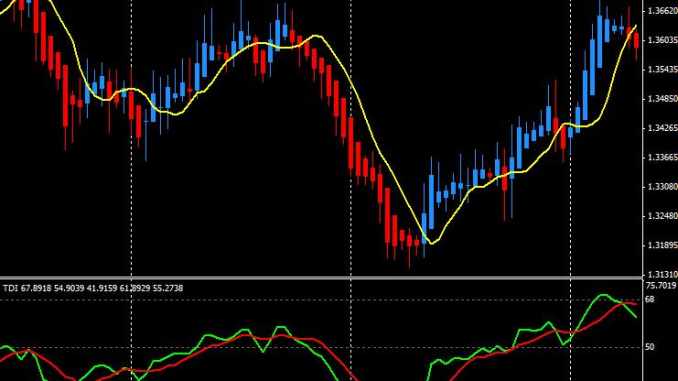When the economy and the stock market are doing well, investors may neglect the rules of online stock trading. At times, investors overlook the principles of choosing online stock when the economy and the market are booming in A Undervalued Stock .
Investors may assume that price no longer matters because, on the face of it, every stock is trading at a high price as the major indices keep setting new records over records. However, there are still value justifications that must be identified even in the most overstretched markets. Purchasing an undervalued stock or security can be a good investment strategy during these times.
7 Signals of A Undervalued Stock
Following are the 7 signs of an undervalued stock that you can look for –
- Price-to-earnings ratio (P/E)- The P/E ratio is the most often used metric for determining a company’s potential. A low P/E ratio may indicate that the company is undervalued. Divide the share price by the earnings to get the P/E ratio (EPS).
- Current Ratio- A current ratio of less than one indicates that the existing assets are insufficient to satisfy the liabilities. The lower the current ratio, the more likely the stock price will fall further – maybe to the extreme point of being undervalued.
- The Price/Earnings-to-Growth (PEG) Ratio- The PEG ratio compares the P/E ratio to the yearly Earnings Per Share (EPS) growth rate as a proportion. If the sales revenue of a company is strong and its PEG ratio is low, it is possible that its stock is undervalued.
- Price-to-Book (PB) Ratio- The current market price is compared to the market price of the company using the P/B ratio. Divide the share price of the market by the book value per share to arrive at this figure. If the P/B ratio is less than one, the stock may be undervalued.
- Market Cap- If the Market Cap of a stock is below 0.70, it is considered undervalued. At the same time, if the ratio is greater than 1.5, it may indicate that the stock is overvalued.
- Dividend Yield- The concept “dividend yield” refers to the relationship between the annual dividends of the company and its share price. Investors and traders prefer companies with high dividend yields since they can represent better consistency and earnings.
- Return on Equity: The Return On Equity (ROE) is a percentage that compares a profit margin to its equity. A high ROE could indicate that the stock is undervalued because the company is earning a large income compared to the amount of money invested by shareholders.
Take Away
Undervalued stocks have a great potential for growth, but how do you recognise undervalued stocks? We hope that the pointers mentioned above can help you identify an undervalued stock to help make an informed investment decision. It is always wise to research the markets well before putting in your money so that you never miss a wealth creation opportunity!

